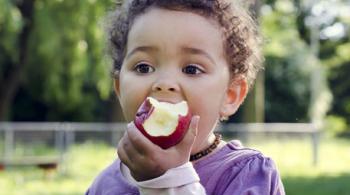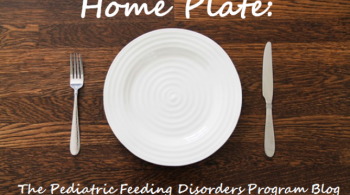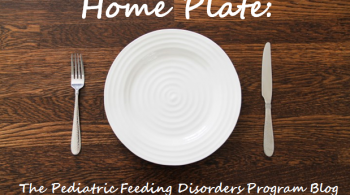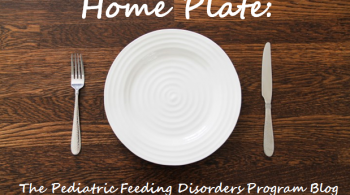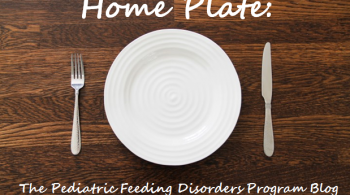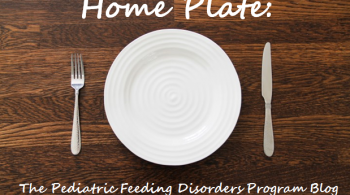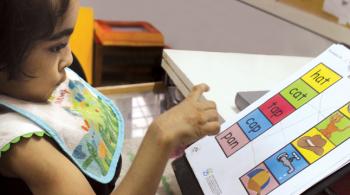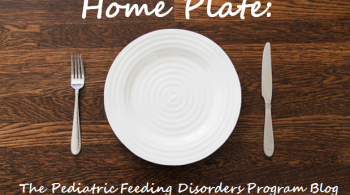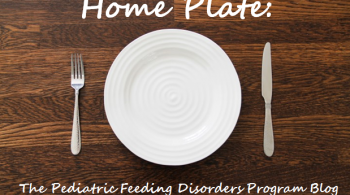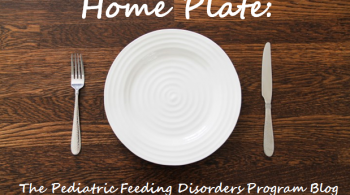As we transition from summer to fall, many parents of picky or slow eaters express concerns about what their children will eat for lunch during the school year. Schools and daycares are becoming increasingly vigilant about what parents send in their child’s lunchbox, and more parents are worrying that they will be viewed negatively or even be contacted by their child’s school if they pack some of the junk foods that their children prefer. On the other hand, parents may also worry that their child will go hungry if they pack the healthy foods their picky eater often refuses to eat. So what’s a parent to do?
One thing to keep in mind is that you are not alone. Many parents are struggling with picky eaters, and most of us can agree that children who eat less healthy foods are better off than children who eat nothing at all. If you know your child’s lunch will look similar every day and may consistently contain chips or a sugary treat, be up front with school staff. During the first week of the semester, tell your child’s teacher or the school psychologist that you are working on expanding the variety of food your child eats. If you’re already targeting variety goals through occupational or ABA therapy, or waiting to begin services, consider sharing that information with your child’s school as well. Many schools (if not most) are happy to help parents keep an eye on their child’s intake while they’re at school, whether that includes jotting down how much of the meal was completed or providing a reminder to finish certain items.
A behavioral psychologist from our program weighed in with some advice for school lunches. “Parents may want to review the rules for lunch each morning,” suggested Allison Lundahl, “and offer a small incentive for following those rules.” For example, you might tell your child they must eat half of their sandwich before opening their chips or gummies, or finish their apple slices to earn a few M&Ms after school. According to Dr. Lundahl, “it can be helpful to mark the target item with a sticker or Post-It note to remind your child which food they are supposed to finish or eat first. If you think your child will have a hard time following the rules without you present, you might want to keep the ‘reward’ food at home and offer it after school if your child has finished the target item.” As a general guideline, however, it is important to remember that your child is unlikely to eat anything at school that they usually refuse at home. Plan to send at least one item that your child will definitely eat (they always eat it when presented at home) and one they will probably eat (they usually eat it at home); if you are working to increase variety, you can also send one item they might eat (they sometimes eat it at home) and offer an incentive for completing this food.
But what about children who eat very slowly, or don’t always finish their meals? If mealtime volume or duration is your biggest challenge, choose foods that can be eaten quickly to maximize your child’s intake during a brief lunch period. These might be soft or naturally lower texture foods, such as a fruit cup or yogurt, or calorically dense foods like cheese or almonds. If your child really struggles to complete meals, it may be helpful to include a high-calorie drink as well. It’s often possible to set up an arrangement for your child to complete a drink under the supervision of a school nurse, especially if your child is underweight.
Instead of...
- Sending foods that are better when hot or cold…
-
Deciding for your child what will be in their lunchbox…
-
Packing foods that require assistance from an adult…
- Sending chewy foods that take longer to eat…
Try to...
- Send foods that are typically eaten at room temperature.
-
Include your child in the decision-making process by offering several options.
-
Pack foods that your child can open and eat independently
- Send foods that can be eaten quickly, or pack more calories into fewer bites.



